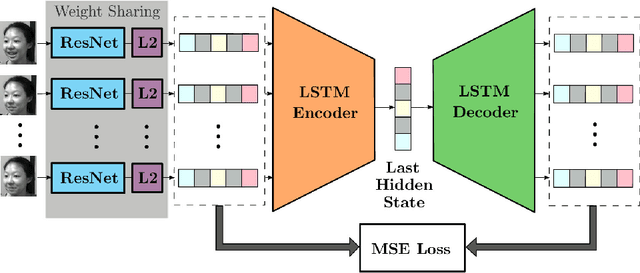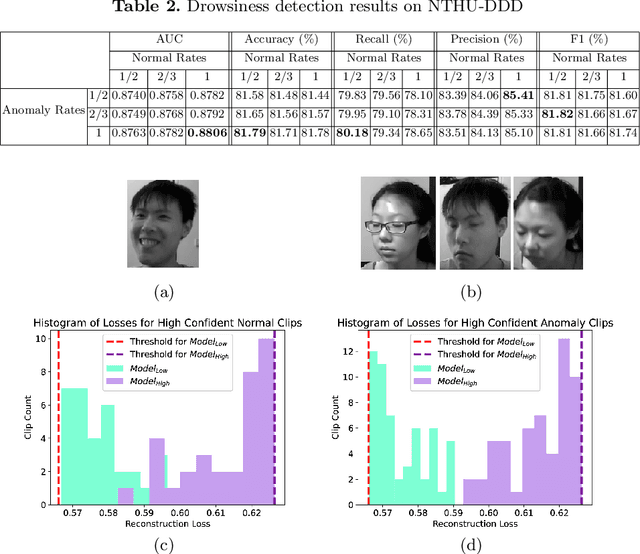Gülin Tüfekci
Elimination of Non-Novel Segments at Multi-Scale for Few-Shot Segmentation
Nov 04, 2022



Abstract:Few-shot segmentation aims to devise a generalizing model that segments query images from unseen classes during training with the guidance of a few support images whose class tally with the class of the query. There exist two domain-specific problems mentioned in the previous works, namely spatial inconsistency and bias towards seen classes. Taking the former problem into account, our method compares the support feature map with the query feature map at multi scales to become scale-agnostic. As a solution to the latter problem, a supervised model, called as base learner, is trained on available classes to accurately identify pixels belonging to seen classes. Hence, subsequent meta learner has a chance to discard areas belonging to seen classes with the help of an ensemble learning model that coordinates meta learner with the base learner. We simultaneously address these two vital problems for the first time and achieve state-of-the-art performances on both PASCAL-5i and COCO-20i datasets.
Detecting Driver Drowsiness as an Anomaly Using LSTM Autoencoders
Sep 12, 2022



Abstract:In this paper, an LSTM autoencoder-based architecture is utilized for drowsiness detection with ResNet-34 as feature extractor. The problem is considered as anomaly detection for a single subject; therefore, only the normal driving representations are learned and it is expected that drowsiness representations, yielding higher reconstruction losses, are to be distinguished according to the knowledge of the network. In our study, the confidence levels of normal and anomaly clips are investigated through the methodology of label assignment such that training performance of LSTM autoencoder and interpretation of anomalies encountered during testing are analyzed under varying confidence rates. Our method is experimented on NTHU-DDD and benchmarked with a state-of-the-art anomaly detection method for driver drowsiness. Results show that the proposed model achieves detection rate of 0.8740 area under curve (AUC) and is able to provide significant improvements on certain scenarios.
 Add to Chrome
Add to Chrome Add to Firefox
Add to Firefox Add to Edge
Add to Edge